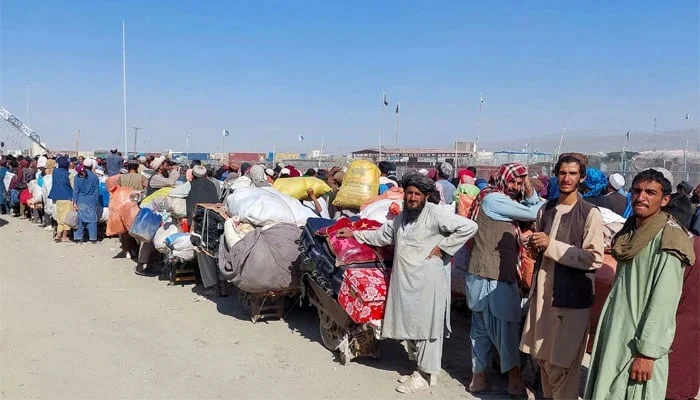
After over 13 years of devastating war, Syrian President Bashar al-Assad’s 24-year reign has ended, leaving Syria in ruins and millions displaced. Opposition forces seized Damascus and key cities in a swift advance, marking the collapse of Assad’s regime. His departure closes a 53-year chapter of his family’s authoritarian rule, yet raises critical questions about Syria’s future.
Celebrations in the Streets
Across Damascus and other cities, Syrians poured into the streets to celebrate Assad’s fall. Opposition fighters declared Syria “liberated” on state television. This victory came after years of relentless conflict that killed hundreds of thousands and drove millions from their homes. The scenes of jubilation reflect the long-awaited relief of a nation seeking freedom from decades of repression.
A Sudden End to Family Rule
Bashar al-Assad fled Syria on Sunday, marking a dramatic conclusion to his family’s iron-fisted rule, which began with his father, Hafez al-Assad, in 1971. His departure follows days of rapid territorial losses, culminating in the opposition’s capture of Damascus. Assad’s exit leaves behind a fragmented nation, grappling with destruction and uncertainty.
A President Who Wasn’t Meant to Lead
Bashar al-Assad was never intended to rule Syria. Trained as an eye doctor in London, his path to power only began after the death of his elder brother, Basil, in 1994. Bashar was called back to Syria and groomed as his father’s successor. Following Hafez al-Assad’s death in 2000, parliament lowered the presidential age requirement from 40 to 34 to allow Bashar to assume power. He was elected with 97% of the vote in a referendum where he stood unopposed.
Initially, his presidency sparked cautious optimism for reform. Many hoped the young leader would introduce political and economic changes. However, Assad’s rule became defined by authoritarianism, corruption, and violent suppression of dissent.
Read: Syria’s Assad Regime on the Brink of Collapse
The Cost of War
The Syrian Civil War, which began in 2011, became one of the most devastating conflicts in modern history. What started as peaceful protests during the Arab Spring escalated into a brutal war involving multiple factions and foreign powers. Assad’s regime responded with overwhelming violence, leading to mass killings, displacement, and the destruction of cities like Aleppo, Homs, and Raqqa.
Throughout the conflict, Assad clung to power with the help of allies like Russia and Iran. His forces committed numerous war crimes, including chemical attacks on civilians. Despite international condemnation, Assad’s grip on Syria persisted until the recent rapid advances of opposition forces.
What’s Next for Syria?
With Assad gone, Syria faces an uncertain future. The country remains fractured, with devastated infrastructure and millions of displaced citizens. Rebuilding will require significant international aid and political stability. For many Syrians, Assad’s fall is a long-overdue victory, but the road to recovery will be long and complex.
The end of Assad’s rule marks a pivotal moment in Syria’s history. The nation now has an opportunity to rebuild and move toward a future defined by freedom, justice, and reconciliation. Whether it can seize that moment remains to be seen.
Follow us on Google News, Instagram, YouTube, Facebook,Whats App, and TikTok for latest updates












